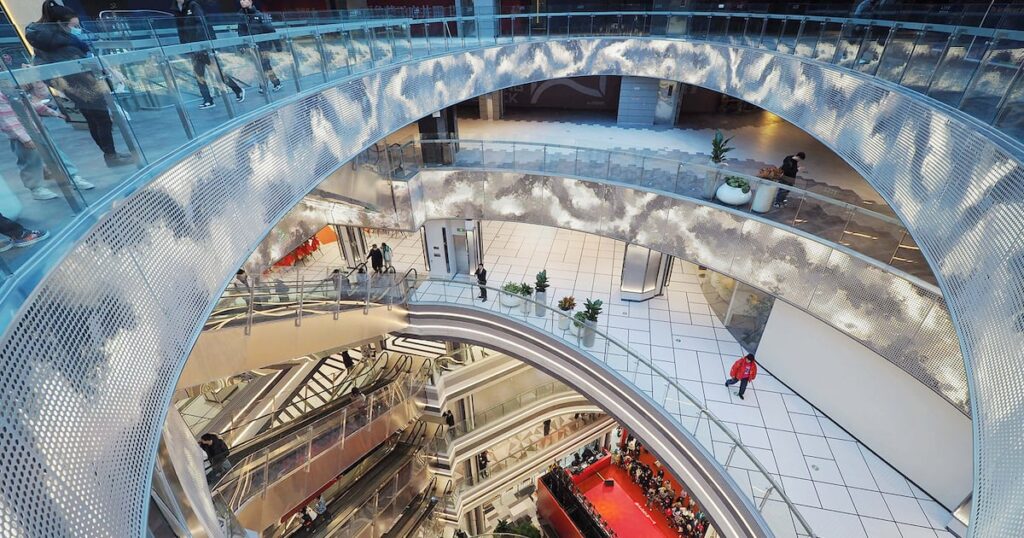Not so long ago, reporting quarterly results was a treat for publicly traded luxury brands. Despite significant price hikes, sales have increased by 10%, 20%, and even 30% due to the post-pandemic boom and endless Chinese demand. So far this year, earnings reports have been even more grim. With a few exceptions, major luxury goods companies are reporting flat to negative sales, and the outlook is only getting bleaker. Sector standard bearer LVMH will report its third-quarter results on Tuesday, and its performance, along with commentary from Chairman Bernard Arnault, will likely set the tone for the coming weeks.
Chinese demand
What will make Chinese consumers shop like they did in 2019 again? That’s the most important question facing the industry today. Luxury brands are bracing for a significant drop in Chinese business in the third quarter, and a flat to single-digit decline is seen as a win in the current environment. The country’s government lowered interest rates in September and launched a new fiscal stimulus package. Officials promised over the weekend to inject more money into the economy, but stopped short on specifics.
A recovery in luxury spending will depend on a recovery in the real estate market, but that doesn’t seem imminent. As Chinese households make up a large portion of their assets in real estate, slumping housing prices could directly depress consumption, and the overall gloomy atmosphere could cause even renters to refrain from shopping. .
right price
Luxury brands have been raising prices for years, mostly with no penalty from consumers. The math was that wealthy customers could absorb the price increases and offset the rebound from entry-level shoppers. This situation continued for some time, with brands at the top end of the market, such as Hermès, reporting strong sales in the second quarter of this year. But cracks are starting to appear.
Bernstein’s analysis shows that wealthy people around the world are cutting back on spending due to uncertainty about the direction of the economy, the Federal Reserve’s interest rate policy, and geopolitical tensions, most notably in China. It is said that there is Analysts at the bank also note that business cycles tend to change quickly, with demand for luxury goods sluggish for an average of four to six quarters, followed by a rapid recovery. Some say the worst could be over by this time next year, if not sooner.
The question is whether brands that have been at the forefront of the wave of price increases, including some in LVMH’s portfolio, will look for ways to reconnect with eager customers through cheaper new products and discounts. is. LVMH’s recent deal with F1 is a different approach to this problem. We are committed to building close, long-term relationships with brands like Louis Vuitton and TAG Heuer and their rapidly growing and increasingly diverse fan bases.
Designer refresh
The sector’s biggest companies aren’t waiting for the market to turn around. Weak demand is almost certainly a major factor in the departure of creative directors at major luxury brands. Hedi Slimane’s departure from LVMH’s Celine label is a case in point. Although sales nearly tripled, BoF reported that high salaries and production budgets became bottlenecks in difficult contract negotiations.
Last month, LVMH hired Sarah Burton to reinvigorate the Givenchy brand. The group announced Friday that Kim Jones will leave Fendi but will remain in his role as men’s creative director at Dior. And there may be more moves in the future. Who fills these jobs certainly matters. But creative talent can only take brands this far when it comes to confronting China’s real estate market and the Federal Reserve.
Week Ahead wants to hear from you! Send your tips, suggestions, complaints, and compliments to brian.baskin@businessoffashion.com.



